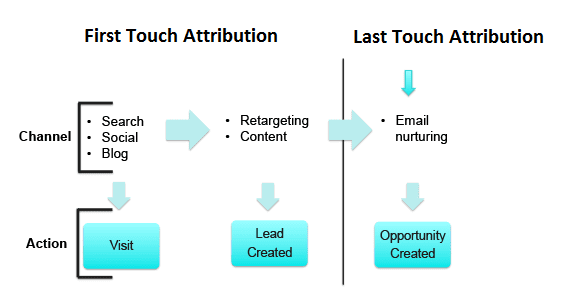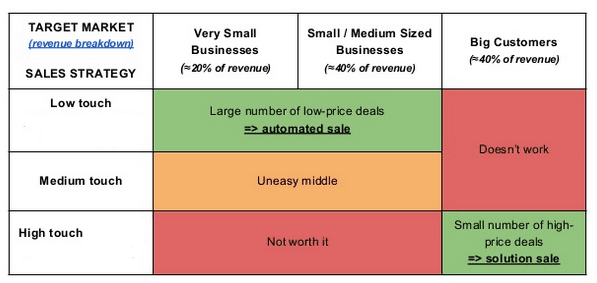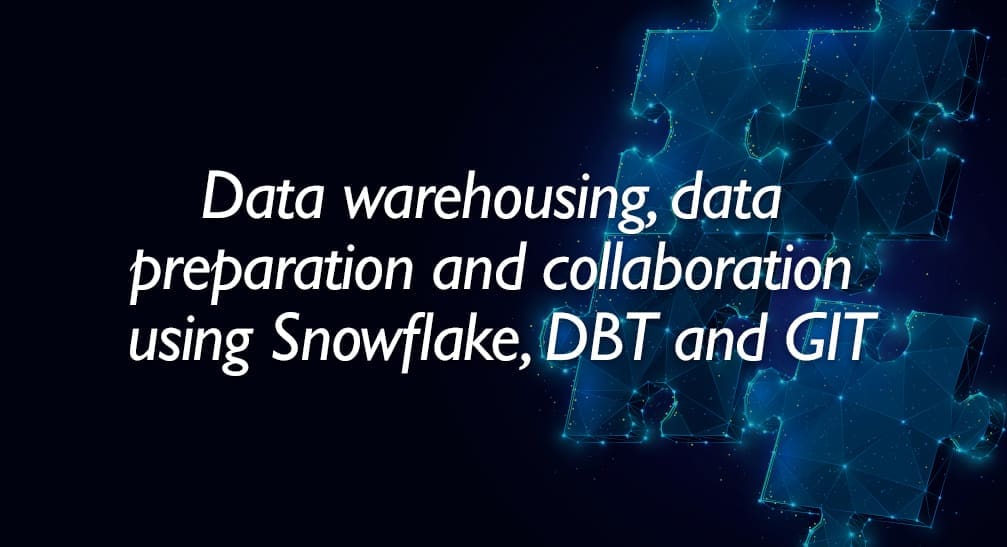There are Marketers or Analysts who use CTR (click-through rate) to measure the viability of their acquisition campaigns. Well, nothing much to write about this lonely and caped segment.
Then there is the more evolved breed of these Marketers who move beyond the clickety-clicks and measure Visits/Visitors and Bounce Rates to measure success. A warm appreciation for them.
And yet another motley fraction will calculate “conversion rates” or “micro-conversions” and they deserve a mighty handshake and pat on the back.
SaaS companies typically spend marketing dollars upfront to acquire customers and then wait months to make it up with recurring revenue that marks up the initial cost of acquisition. Revenue for them typically is a customer defined payment equaled by the length of time they stay and the size of their monthly payment.
From web analytics to business intelligence, it is then crucial for SaaS companies to acquire customers who are only valuable, and stay for a long time.
And that is where the real Visitor Behavior Analysis comes in.
Here we talk about the optimal benefits of value-based segmentation a.k.a performance analysis, deep-dive attribution modelling, sentiment analysis, and a marketing mix that can identify ripe conversion uplift opportunities for SaaS companies.
#1: Optimize touch point decisions through multi-channel attribution
A significant characteristic of SaaS companies is their extremely long sales lifecycle.

(Image Source: http://www.slideshare.net/Bizible/cracking-b2b-marketing-attribution-in-2015)
Clearly, a customer cannot be attributed to just one single touch point and every channel must be given its right proportion of credit to avoid making incorrect budget decisions. With multiple marketing campaigns targeted across a number of marketing channels in the multi-device, SaaS marketing benefits from a very high level of analytical sophistication through the right channel attribution models.
#2: Track cost per acquisition across various marketing campaigns
Dividing the total expense from the marketing team by the number of customers acquired during a specific time period may be a quick health check for the business. If the business is spending to acquire customers than receiving from them, it is clearly a warning sign. In this case, the cost per acquisition for every individual marketing campaign must be evaluated.
Customer analytics pulls data on the amount spent thus far across different places in every single campaign and ties it back to the customer. It takes more than the regular web analytics to oversee the viability of the marketing campaigns in the long term.
#3: Enable greater customer centricity
The SaaS model of business does not focus on huge one-time transactions but must drive customer retention for growth in revenue over a detailed period time. Strong customer relationships, therefore, become critical and insights about the product and the brand must be regularly monitored to assist this motive.
#4: Social sentiment analysis that gauges the pulse of audience
Sentiment analysis through various social and digital sources allows CIOs to continuously reconsider the software lifecycles and feeds the R&D with a treasure of information for addressing the historical insight complexities. Through sentiment analysis, companies that run a hybrid environment with multiple infrastructures are empowered to deliver frequent release cycles with non-disruptive upgrades.
#5: Define the target audience to formulate a focused strategy
A software service may appeal to different buyers to satisfy different business goals and needs and the one-size-fits-all strategy can never work in the SaaS world. All marketers must be able to define their primary audience through their needs as well as their friction points to increase trial as well as paid conversions.
Have a look at how a SaaS company has clearly segmented its target audience to define its pricing strategy.
 >
>
(Image Source: http://www.slideshare.net/GuillaumeLerouge1/go-tomarket-strategy-for-b2b-saas-companies)
To obtain such clarity while dealing with multifarious clients, audience segmentation becomes mandatory. Categories of customers based on size, revenue, problems and their corresponding response to features, prices and promotion channels can aid a pin-point focus for the marketing team.
#6: Leverage on customer acquisition cost by upselling and cross-selling
When we are talking about plain profitability in the context of SaaS companies, there are two significant factors to be achieved, low churn rates and recurring revenue. But how do you do this? Add value to the customer experience through the upselling and cross-selling techniques to enhance revenue and to leverage the initial massive investment laid during the procurement of the customer.
To turn a single sales transaction into multiple follow-up purchases, you need this magical potion called DATA! Customer data helps identify pain points, allows companies to place appropriate customized service limitations (this gets the clients to pay more for what they want!) and to time the upselling and cross-selling activities.
#7: Optimized landing pages built with a unique selling proposition
For most SaaS companies, the website acts as their major source for obtaining vivid information and the landing page is their first impression of the company and its offerings. Optimized landing pages can rev up the conversion rates significantly and in the SaaS business model, an increase of only 5% in conversion can yield thousands of dollars in revenue. In short, the landing page must be able to offer a unique selling proposition (USP) that can get the potential customers better engaged.
#8: Cohort analysis empowers marketers with the right information
The churn rate of customers isn’t always distributed linearly through their lifetime and therefore, it wouldn’t be a wise choice to consider the churn rate from the last single month to determine the customer lifetime (CLT) or customer lifetime value (CLTV). Cohort analysis allows marketers to understand how KPIs develop over a customer’s lifetime as well as the product lifetime and is the best way to estimate CLT as well as the CLTV – parameters needed to draw a decision on how much the company can afford to spend for new customer acquisition.
#9: Behavioral analysis focuses on converting the most profitable leads into customers
Every company wishes to convert more leads into customers. But the real smartness lies in not focusing on the number of leads but the quality of leads. Customer behavioral analysis helps identify the high lifetime value customers among the leads and redirects the marketing spend and resources towards these customers for better profit margins.
#10: Customer analytics to build better products
Keeping release cycles shorter and introducing new features to fulfil user demands is a part of the successful SaaS business model. The next step is to gauge the customer engagement with these new features. Event tracking of new features, people search to identify customer activity with the particular feature in a stipulated time period helps identify the power users of the product. By understanding customers and how they use the new product, helps build better features into it.
The SaaS model of business is high-risk in the sense that payments are not upfront and retention of customers for a well-defined time period is crucial to reap profits. Customer behavior analytics offers a multi-faceted approach for creating a growing customer base, reduce churn and enhance upgrades.


